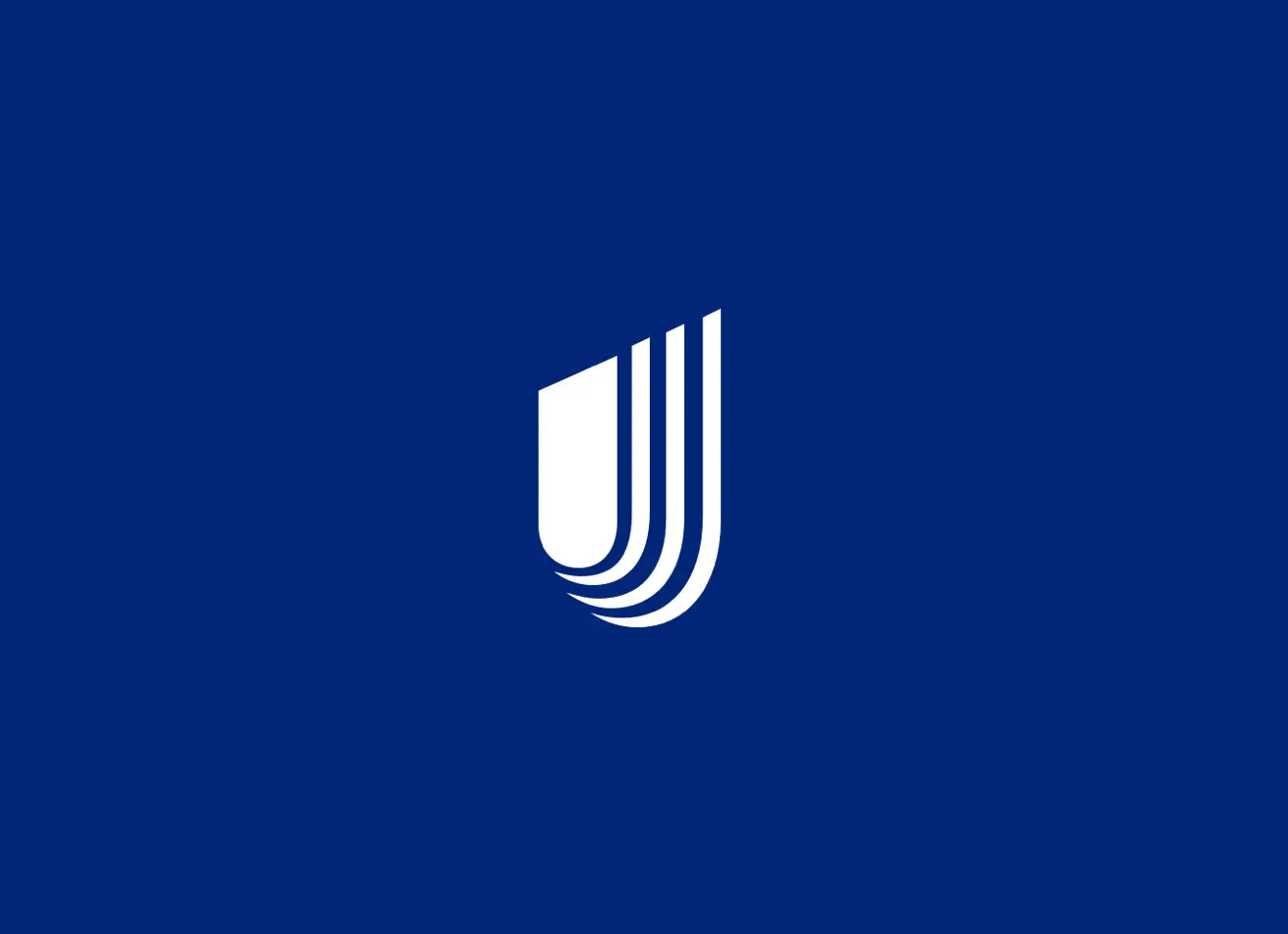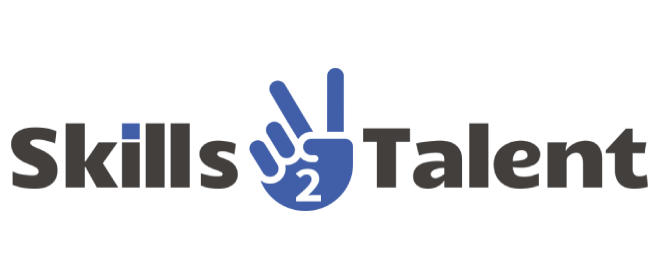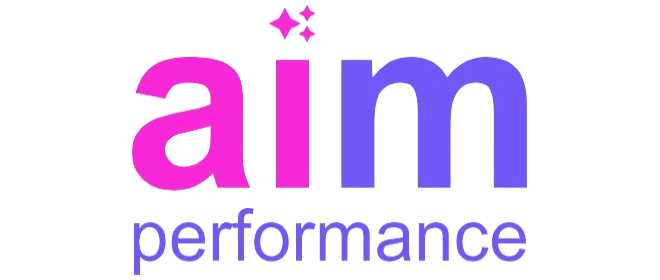In today’s fast-paced digital era, fostering digital literacy among blue-collar workforce is no longer optional it’s essential. A well-implemented Performance Management System (PMS) can act as a cornerstone in bridging the digital divide. Let’s explore how PMS contributes to enhancing digital skills and why this transformation matters.
Setting the Stage: The Need for Digital Literacy in Blue-Collar Roles
The digital transformation across industries is undeniable. From automated workflows to digital tools for inventory management, blue-collar workforce are increasingly required to interact with technology in their day-to-day tasks. Without digital literacy, they risk being left behind, unable to meet the demands of their evolving roles.
Performance Management Systems provide a structured approach to identifying and addressing this gap. By setting digital literacy goals and tracking progress, organizations can ensure their workforce is well-equipped to handle these changes. This structured focus enables organizations to stay competitive while empowering their employees.
Defining Clear Learning Objectives for Digital Skills
A robust PMS starts by setting clear and measurable objectives. For the blue-collar workforce, these goals might include mastering digital time-tracking tools, learning basic troubleshooting, or navigating mobile apps related to their tasks.
By integrating digital literacy skills into performance goals, organizations create a clear roadmap for employees. The PMS ensures these objectives are aligned with organizational priorities, making the digital upskilling process both relevant and impactful.
Personalized Learning Through Performance Assessments
One of the standout features of a modern PMS is its ability to provide personalized assessments. These evaluations help managers understand the current digital proficiency levels of their workforce and design training programs accordingly.
For instance, a employee who struggles with basic digital literacy navigation can be assigned introductory courses, while another who is more advanced might focus on specific software relevant to their role. This tailored approach ensures that no employee feels overwhelmed, and that learning is paced appropriately.
Leveraging Technology for Skill Development
Digital literacy initiatives thrive on the use of accessible tools. PMS platforms often integrate with e-learning systems and training modules, offering blue-collar workforce opportunities to learn at their convenience.
Additionally, the gamification of learning incorporated into many PMS solutions encourages participation. Employees earn badges, points, or certifications as they complete modules, transforming learning into an engaging experience that motivates consistent progress.
Continuous Feedback to Reinforce Learning
Feedback is critical for any learning process, especially when it comes to digital literacy. PMS ensures it’s timely and actionable. Managers can use PMS to provide constructive insights on how employees are adapting to digital tools or recommend specific areas for improvement.
This feedback loop encourages employees to take ownership of their learning journey. As they make incremental improvements, the system recognizes their efforts, boosting morale and confidence in their digital capabilities.
Real-Time Tracking and Progress Monitoring
PMS platforms excel at tracking key performance indicators (KPIs) related to digital literacy. Metrics such as course completion rates, software usage frequency, or task accuracy help managers evaluate the effectiveness of training programs.
Real-time monitoring also allows managers to spot bottlenecks early. If a group of employees struggles with a particular tool, immediate interventions can be made to provide additional support or alternative learning strategies.
Building Collaboration Through Digital Literacy Tools
A significant aspect of digital literacy is learning to collaborate using digital platforms. PMS fosters this by introducing team-based goals that require employees to use communication and project management tools.
For example, setting a goal where employees must use a mobile app to update task statuses encourages them to explore its features together. This approach not only builds digital skills but also enhances teamwork and communication across the workforce.
Addressing Resistance to Change with PMS Support
Resistance to technology adoption is a common challenge among blue-collar workforce. Many fear that automation or digital tools might replace their roles or increase complexity in their work.
A performance management system can alleviate these concerns by emphasizing digital literacy as a tool for growth rather than a threat. By linking their digital learning to tangible benefits, such as career growth or improved efficiency, PMS fosters a positive mindset toward technology.
Measuring the ROI of Digital Literacy Initiatives
Organizations need to evaluate the return on investment (ROI) of their digital literacy programs. PMS provides insightful data on how these initiatives contribute to operational efficiency, error reduction, and employee satisfaction.
For blue-collar workforce, this impact often translates into better job security, higher productivity, and enhanced opportunities for professional growth. Such outcomes validate the investment in digital upskilling and reinforce the importance of performance management in achieving these goals.
Conclusion: Empowering the Workforce Through Digital Literacy
In an increasingly digital world, equipping the blue-collar workforce with digital literacy is no longer optional it’s a necessity. Performance Management Systems play a pivotal role in facilitating this transformation by offering structured learning pathways, personalized feedback, and measurable progress tracking.
By embracing PMS as a tool for fostering digital skills, organizations not only future-proof their workforce but also create a culture of continuous learning and adaptability. This commitment to upskilling empowers employees, enhances productivity, and drives sustainable business success in the ever-evolving industrial landscape.











Companies often neglect to have written standards and policies around their cybersecurity. Why? Because dozens of them are usually needed, covering everything from equipment management to backup procedures, admin credentialing, remote work policies, and so much more. But it’s well worth the effort.